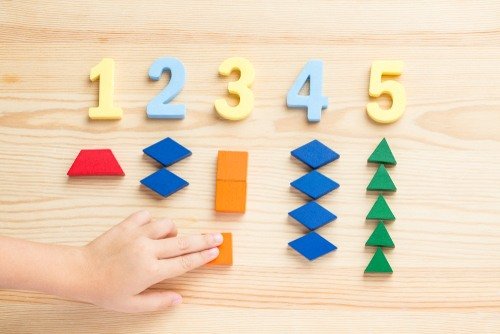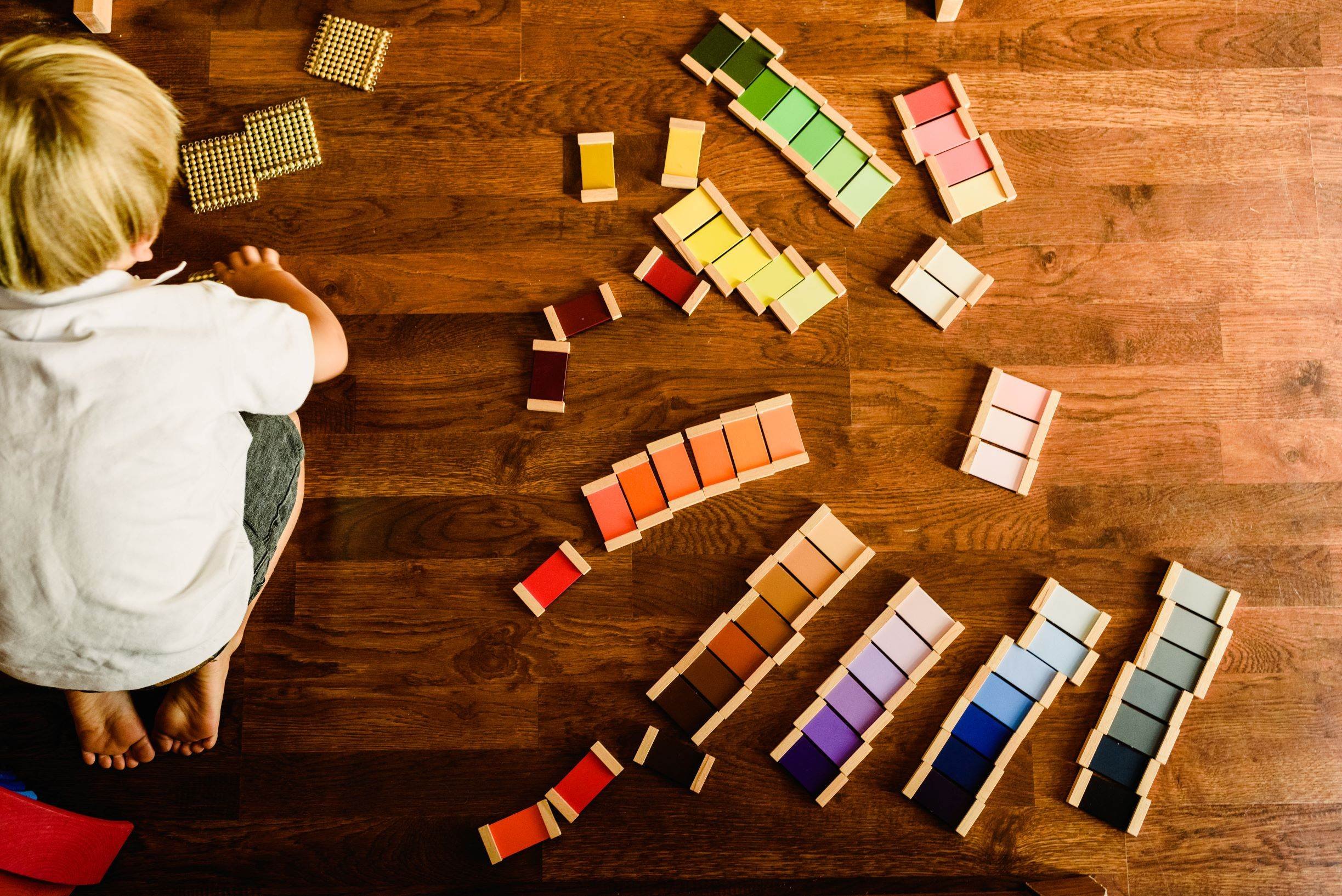Program Details Montessori
Overview
All of the materials used in a “prepared environment” are aesthetically pleasing, made of natural materials such as glass and wood. This creates a tranquil and homelike atmosphere that Montessori called the Casa di Bambini (Children’s House). He will feel a sense of peace while he works, which is the best frame of mind for effective learning for take hold. This also fosters a sense of community and ownership of the classroom, thereby learning to respect his environment. By interacting with his environment daily, he begins to see it as something very special, a world of possibilities and a source for new things to discover.
The teacher is positioned among the students and spends his or her time observing them and therefore becoming sensitive to their individual personalities, skill levels, emotional nature and learning styles. Students choose their work for the day, under the watchful eye and gentle guidance of the teacher. This allows every student to work at his or her own pace, pursuing and uncovering knowledge as excited, engaged scientists in exploration of the world around them.
The work done by the child is for the child, not the parent. In a Montessori environment, children are motivated to work by their own internal drive. When they bring home work, they present it because they are proud of what they have done, not because they believe it has been expected of them. This fosters their intrinsic motivation rather than working simply rewards. in the world. Out of her desire to help and understand children, she created the first “Children’s House
Curriculum
The Montessori Curriculum is an integrated thematic approach that ties together separate disciplines into studies of the physical universe, the world of nature, and the human experience. In this way, one lesson leads to many others.
Each material isolates one concept or skill that has been specially designed so children are naturally drawn to work with it. Each material has also been designed so a child can check his own work – what Montessori calls “control of error.” These are tools that lead to independence, and that let children see abstract ideas presented in concrete, three-dimensional ways. The tools also help them grasp and understand what they are working on, and allow each child to work at their own pace.
The curriculum is divided into seven areas – Practical Life, Sensorial, Mathematics, Language, Sciences, Geography, and Art. The curriculum is always developing and growing with the children.

